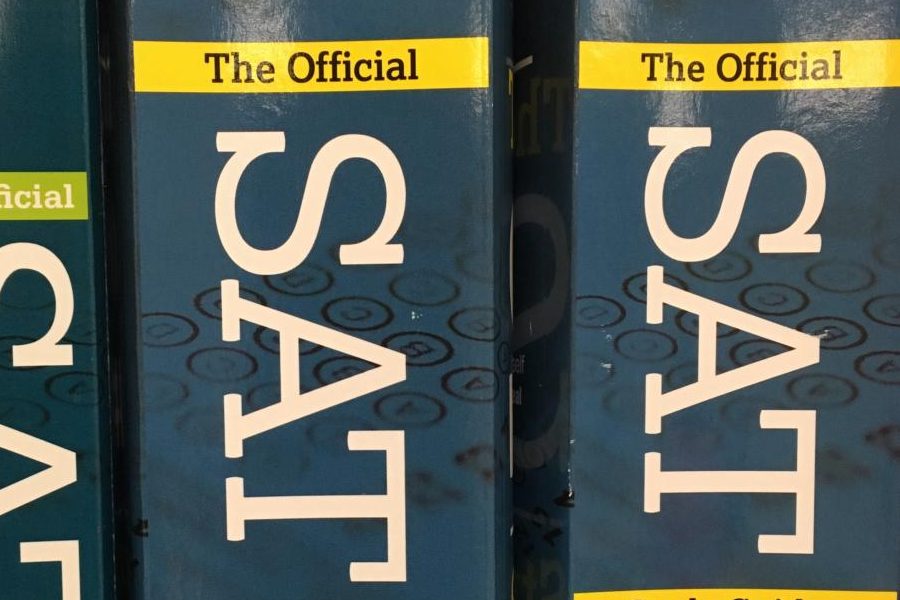The SAT Experience
For juniors all across the United States, the month of March brings a rush of anticipation-and often nervousness- as the day of the SAT, or Scholastic Aptitude Test, approaches. English classes spend time writing practice essays within the 50-minute session and do reading and writing questions to sharpen their skills, while math teachers review concepts that are likely to show up on the exam and give practice quizzes. Finally, the morning of the exam arrives. But what happens once 8:00 comes around?
Rest assured that the testing doesn’t begin right away. The process begins with marking your name and school/testing room information on the front of the answer sheet, similar to the beginning of the PSAT. At 8:30, students open their test books and answer sheets to the first section, prompted by specific directions from the proctor, and it’s time to get to work. This part of the exam features five passages and corresponding questions to read and answer. The genres of the passages include fictional literature, scientific studies or experiments, historical or government-based writings, and pairings of passages to compare and contrast, usually discussing closely related scientific topics.
As the clock approaches 9:35, a 65-minute span in total, test takers begin to review their answers and ensure all questions have a bubble marked on their answer sheet. There is a (much-appreciated) 10-minute break to follow. After the break, the 35-minute Writing and Language test is given, which includes four passages of varying subjects and questions focusing on standard English conventions, punctuation, subject-verb agreement, clauses, and inclusion/placement of details and sentences.
The Writing and Language section bridges directly into the 25-minute Math (No Calculator) section, transitioning without a break due to the short period for each test. This section consists of fairly simple calculations that can be done without a calculator and some theory-related questions. There is a five-minute break between the non-calculator and calculator section, which allows most types of graphing calculators and all scientific or four-function calculators. (You can check your calculator’s compatibility online, or borrow one from the school.) All skills in the math sections of the SAT are covered in Algebra 1, Algebra 2, or Geometry, so all juniors will have had the classes they need to understand the questions by the time they take the test.
After a final two-minute break, the exam proctors hand out essay books with an article or excerpt from an article to write about. The answer sheet comes with multiple lined pages for your work. In a 50-minute span, your task is to read the article, identify three rhetorical appeals (serving the purposes of ethos, pathos, and logos, respectively) that the author uses to build their argument, and write a five-paragraph essay about these appeals. For preparation, sophomore and junior English teachers assign essays in the SAT format to help students learn how to better manage their writing time and understand the analytical task prior to the exam.
50 minutes later, the time is called and the SAT is officially complete. All juniors are free to go home or proceed to lunch when the office announces dismissal. If you are wondering how you can sharpen your skills before the big day, make sure to do your best on practice essays and quizzes in class, and ask questions about any concepts you don’t understand.

The Khan Academy Official SAT Practice feature is also an invaluable tool for exposure to new skills and understanding them in depth so that you can tackle test questions with confidence. To get personalized practice recommendations, log into your College Board account (or create one if you haven’t used College Board before), access your most recent PSAT scores, and click on the link to Khan Academy. Sophomore English classes usually work together during a class period to create accounts for both websites. From there, you can practice the skills that you struggled with most on the PSAT, and write practice essays using one of the provided articles if desired.

There is also a tab marked “Tips and Strategies” where you can read articles and watch short videos to learn about scoring, topics in each section, time management during the exam, and how to get ready. Above all, make sure to pay close attention in class and work on the reading, writing, and math skills you learn to ensure success on the SAT and beyond.

Katy is a senior at GHS this year and is thrilled to be serving as the senior editor of the Paw Print. She also participates in cross country, concert...








